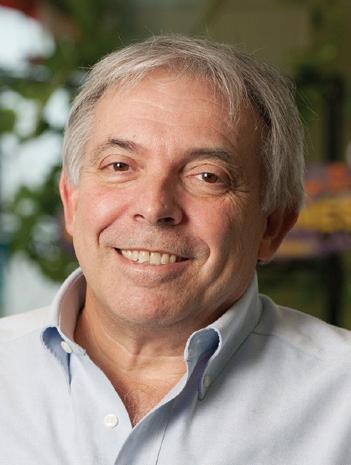
12 minute read
The Adoption Adventure
from March
FINDING MY BIRTH PARENTS in my senior years was pretty cool. My two sisters and I were adopted over 50 years ago, putting us in a minority like few others. Using today’s statistics, fewer than one percent of American families take in children who were voluntarily released to adoption by American mothers, as my sisters and me were. There was only one other family I knew that had adopted a child in our small town. I remember being five years old and going with my sister, mother, and father to pick her up at the agency. My mother was so excited. She kept poking my father and pointing to the little girl, dressed up in a coat and clutching a stuffed animal. “Do you think that’s her?” she asked, with my father responding, “I don’t know. We’ll find out soon enough.”
Adoptive kids don’t always have a sense of belonging, but for me it was enough, at least until I met my wife-to-be. I was 24 and in love. The notion
Advertisement
THE ADOPTION AD VENTURE
I didn’t have much interest growing up to search for my biological family. From the beginning, my mother was honest that I was adopted, and she used the premise to explain that it meant I was a chosen child. With an adoptive mother—one who couldn’t have children for medical reasons—having children is never an accident or mistake. In fact, it takes a concerted effort to make it happen. My mother told me several stories of leaving the adoption agency in tears, telling my father, “They will never give us a baby. We don’t make enough money, and they are judging us by our car, which is all rusted out!”
But her hard work paid off. Because my parents had adopted two—my sister and me—they were told that was the limit. My mother persisted anyway. She said if for any reason another baby was available, she was too.
So next came the person who would be my youngest sister. She was getting on in age, for a baby, and the adoption agency feared she could end up indefinitely in foster care. When we were adopted, I was five months old, and my other sister was five weeks old. At 14 months, my youngest sister was no longer a baby, and most adoptive parents want to adopt children as young as possible. The agency called my mother, who immediately said yes. Reade Brower
of “nature vs. nurture” was a foreign concept, but always putting down “N/A” on medical questions about my family’s history was beginning to weigh on me. And my girlfriend’s curiosity was infectious, so I went and asked the court to unseal my records. The judge approved my request after taking me into chambers for a Q & A. He explained to me that my birth mother had been promised anonymity, but now the courts were siding with my “right to know” above of the promise made to her 24 years earlier. With a handshake, I agreed to contact my birth parents—if I found them—only through the court, in order to give my birth mother a proper “headsup.” I also promised to read two books the judge recommended about the subject. He cautioned me that many women who give up children go on to marry and have a family without ever sharing the secret of the baby they gave away.
In my case, that was true. Soon after my delivery, my birth mother met and married another man (not my birth father). When as a 59-year-old I found her, she’d had four other children and had been married to that same man for 57 years.
I found my birth siblings soon after her death. None of my birth siblings knew I existed. They believe that their dad, still alive, never knew about me either. As a courtesy to them, we keep our relationship under the radar, which is fine with me.
The interesting part of my journey is that,
through good detective work, I found my birth mother before my 25th birthday, but I never acted on that information. Partly I chose this course because to do otherwise somehow felt dishonorable to my mother, who raised me and loved me with her entire being, and partly it was because I knew my birth mother had surrendered me. It was a day in her life which, according to the books I’d
THE ADOPTION AD VENTURE
FINDING FAMILY IN THE SENIOR YEARS, WITH A LITTLE HELP FROM MARY | By Reade Brower
read, she had never gotten over. It was a supreme sacrifice for most birth mothers, done to give their children the best chance at a good life.
I had a folder with her high school picture (found at her high school library) and other pertinent information about where she lived. At that point I knew of three half-siblings who lived with her and her husband. I brought that folder to Maine when I moved up here with my girlfriend, but it got misplaced more than 35 years ago, and I haven’t seen it since.
The other thing of note was that my handshake deal with the judge meant something to me. It reinforced the gravity of the upset that I could cause with intentional intrusion. So, I was okay with moving on, at least at that time.
My only “partial” regrets were lingering stories and “what if-s” that played out in my mind: What if I just purposefully arranged to serendipitously bump into her where she worked? Or, maybe I could run out of gas in front of her home and ask to use the phone (long before cell Find Your Retirement Job With Us Securitas USA is looking for your skills, your knowledge, and your ability to provide security services to our customers. We offer local Part Time, Per Diem and Full Time schedules to meet a variety of needs. Don’t get bored, join the team today!!
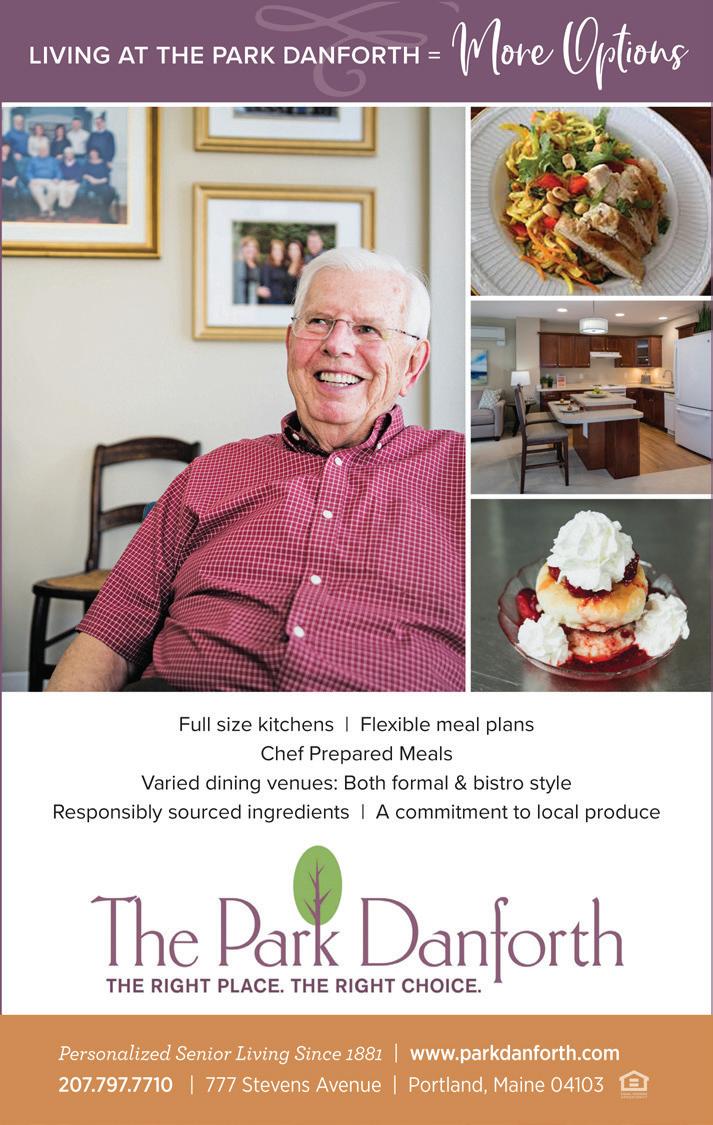
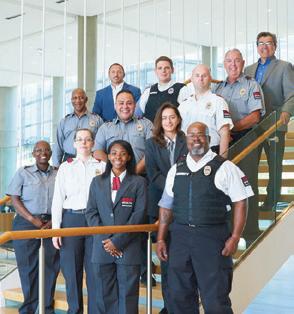
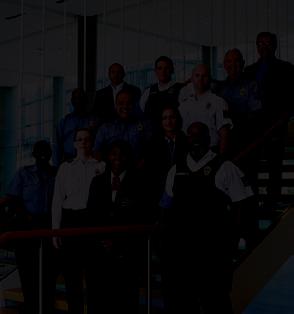
On-site Guarding Electronic Security
Mobile Guarding Fire & Safety
Remote Guarding Corporate Risk Management EOE M/F/Vet/Disabilities
phones) to call AAA. I could check her out, no harm, no foul. A little white lie, but I think the judge would understand.
At this point, I had learned that my halfbrother was 18 and a longshoreman. What if I went to the neighborhood bar and bumped into him and his older sisters?
I didn’t. Perhaps deep in my soul, I knew I wasn’t ready.
But that is only part of the story . . . Almost 35 years later I was reading a novel, written by the now-publisher of this magazine, Jim Kendrick. Jim and I had just reconnected after working together over 30 years earlier, and I had gone to Amazon to buy his book.
The book had some very interesting plots and subplots, including the fortuitous meeting of a mother and son who were separated at birth. When I asked Jim where this storyline came from, he answered that it was his friend Mary who inspired that story, and that she “puts people together. Let me introduce you.” He cc’d her in the email.
Mary Barstow was brought into my life for the sole (or perhaps “soul”) experience of connecting me with my birth family. With her help, it has worked out fine, just the way it is supposed to. My take-away from meeting my half-siblings was that each situation is unique, with some common threads. Expectations need to be controlled, and respect for the others involved must be central in all situations. No one person has more rights than another.
One sibling refuses to meet me. Why exactly she isn’t ready is hers alone to work out. The other three have entered the lives of my wife and me, and we are grateful. They are wonderful human beings, kind and understanding. They forgive their mother for her secrecy, and I suspect they are sad that she had to carry that burden alone. They deeply loved her, and I know they continue to honor her memory by missing her daily.
A Friend to Adoptees
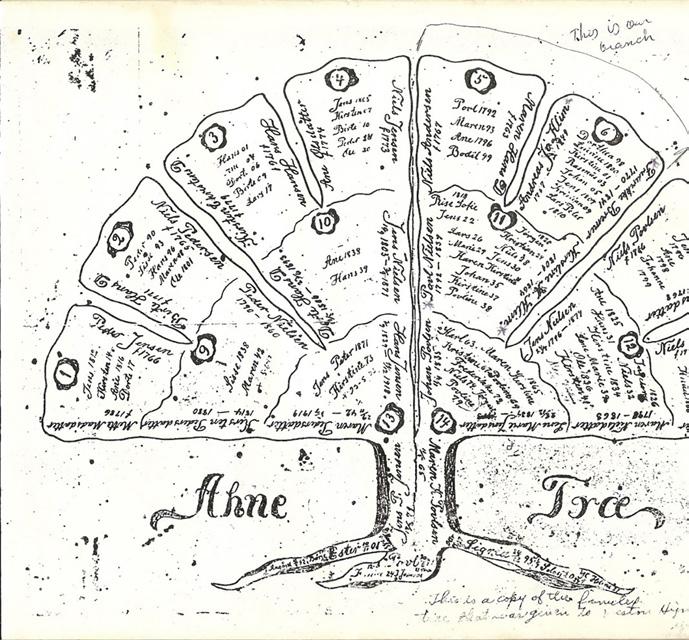
MARY BARSTOW: DETECTIVE, NURTURER, LOVER OF PEOPLE By Reade Brower
Mary Barstow has a humanitarian heart the size of a pumpkin. Her soft face, blonde hair, and gentle demeanor hide the dynamo inside. You quickly learn Mary is ruled by love and directed by her soul. Part of her life mission is bringing people together, namely those put up for adoption who later in life seek their birth heritage.
Meeting Mary on a cold, late January Saturday afternoon meant walking into her comfortable home into a kitchen with her famous homemade meatballs awaiting my arrival. A little small talk followed as the meatballs were prepared for my consumption—some parmesan cheese sprinkled on top, and the meatballs laid on a half-cut baguette to make a couple of openfaced meatball subs, both for me. A chocolate chip cookie and freshly brewed coffee led us into our afternoon of exploration. I would learn Mary comes by it naturally. She wears her heart on her sleeve, making each reunion an emotional roller coaster.
This labor of love has brought together over 50 reunions.
They start organically, and there is never a charge for her services. Mary is tenacious, even spending up to five years in one case, locating the birth father of a woman she committed to help.
Solving the puzzle is the first part of her job. She finds essential facts, using them to figure out whether a lead is hot or cold. In my case, I had a birth name and the names of my birth mother and father, with other starting information. But, as it is in most of Mary’s searches, it was a cold case, as I was about to turn 60.
It all began for Mary when she was just 17. When her older sister adopted a young daughter (who had been crying non-stop for three days), Mary came to help out. Her new niece immediately jumped into her arms, and Mary stayed for three or four months, establishing a life-long bond between them.
At 13, her niece began to question her origins. Mary says that is the age when many adopted children begin to wonder where they came from, and why they were given up at birth. Her niece was no different, and Mary offered to help her, but not until she was 21.
After that, the subject wasn’t brought up again. That is, not until her 21st birthday. This would begin Mary’s odyssey journey connecting adoptees to their birth families.
Intuition is at the base of her work. She immediately connects and emotionally attaches to her subject. “It’s almost like I live your life” she tells me. Afraid of sounding like too much of a freak, she then cautiously tells me that her gift, even as a child, was her intuition. She says she’s no saint, but that when she makes a connection, it is deep and forever.
All I could think of, when Mary was sharing her story, was the gentle giant inmate in The Green Mile sucking in all the nasty locusts, saving all the people around him at great cost to himself and his own wellbeing. Soaking in the emotions of others is heady business. For that first search, Mary managed to scrounge up some non-identifying information about her niece’s family from her sister, who emotionally supported the search.
The birth parents were from Massachusetts, the father had died in a car crash, and the grandmother had M.S. This is where intuition and detective work need to go hand-in-hand. Her niece’s birth mother, 17 years old at the time of the birth, was (coincidentally) the same age as Mary. Mary would discover that the birth mother had married her birth father six years after her niece’s birth, at 23 years old, and the couple went on to have three other children—full siblings to her niece. It is a happy ending, as both the birth and adoptive families support her niece.
Mary says there is always something odd, sometimes eerie and unexpected that happens in each of her searches. The twist in this case was a letter delivered to the wrong person (with the same name) that led to the “bingo,” a death certificate that would scent the trail for Mary and lead her to a story in the local paper about the car crash that took her niece’s birth dad’s life. During this research, she met a person who knew the crash victim (their neighbor) and shared the fact that his mother had M.S. Mary reiterated that every cold case she solves has a twist or some irony. In my case, my birth brother’s (Bobby) wife (Rose) picking up the phone when Mary called was unusual. It was surprising because Rose and her husband were running late to a party, and (as Bobby later told me) Rose NEVER picks up the phone unless she recognizes the caller ID. Rose does not know why, she just picked up. Both Bobby and Rose lead a strong faithbased life, and perhaps believe this was divine intervention.
The deep, inner desire of most adoptees is to answer the question, “Who am I? I don’t know where I fit in.” That’s why some adoptees never give up trying.
As we were winding down, I asked, “What are some of things that are similar in your searches?”
She answered that they are “all so different,” she could probably write a book about them, though she doesn’t think she will. She remembers minute details and feels she is a character in each story.
Another show, Touched by an Angel, comes into my mind as I try to unravel who Mary is and why she does what she does.
Mary never takes money. She doesn’t consider herself a private investigator or an angel, rather, perhaps, a seer whose gifts cannot be bought, and should not be sold.
In the end, this is a story about her love and connection. God’s work comes in different forms. What I do know about Mary is she is ruled by love and her intuition, backed up by her faith.
She does not have a shingle up saying “open for business.” You’ll have to find her organically, and then it will be like all the others: meant to be.










